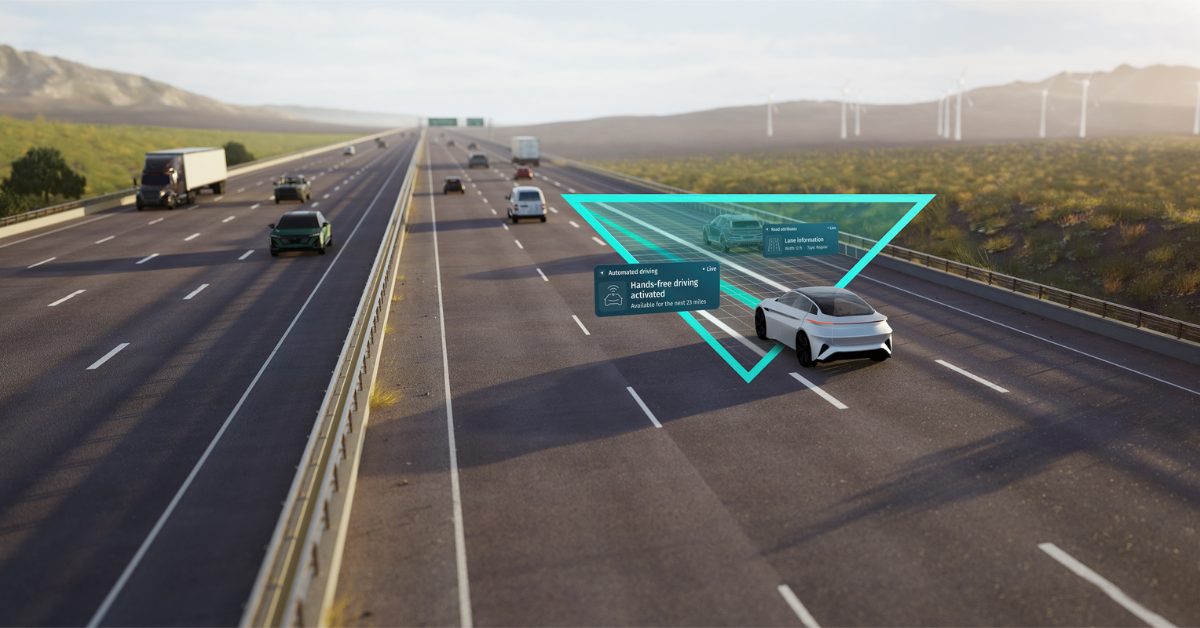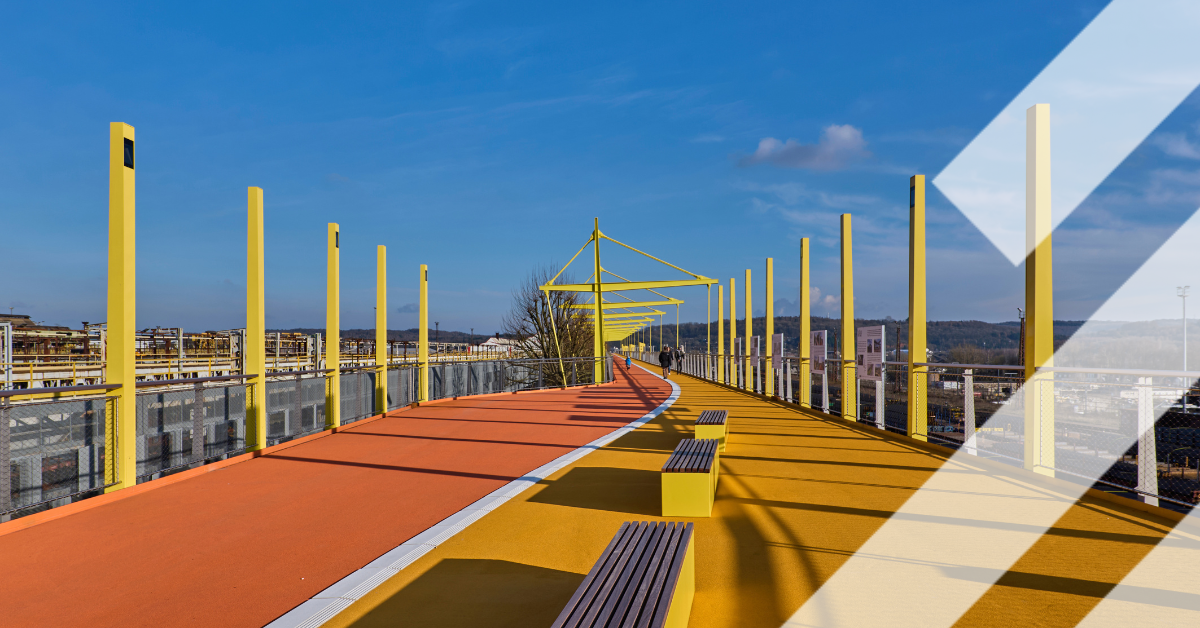What Makes a City Smart?
The advent of the term ‘smart city’ is difficult to put a date to, but in publishing terms at least, the subject of smart cities was widely considered to be a piece of the same puzzle as ITS until around 2012.
A fair amount of the cutting edge ITS technology to be found at transport trade shows all over the world was also appropriately considered to be smart city technology – and then all of a sudden it wasn’t. Smart city tech became a thing of its own – publications such as Thinking Cities started to spring up and sure enough the subject had its own “wings”. OEMs were designing solutions that were specifically for the betterment of cities and their citizens, notwithstanding the increasingly tight focus on the thorny issue of data and how to use it.
And now there’s a question: is that still the case? Are smart cities and intelligent transport systems once again served by the same solutions? What does a smart city feel like? What does it look like? And how does one work? What does make a city smart? Is it more than the beautifully simple description uttered by an expert a few years ago: You know a city is smart if you poke it and it reacts…
Are smart cities and intelligent transport systems once again served by the same solutions? What does a smart city feel like? What does it look like?
The term “smart city” once conjured visions of science-fiction skylines, automated everything, and streets pulsing with data-driven intelligence. But as we come to the end of 2025, the definition has matured. A smart city is no longer simply about installing sensors or boasting the fastest 5G. It’s about creating environments where technology, sustainability, and human experience intertwine – cities that think not just efficiently, but empathetically.
The Evolved Definition of “Smart”
Up until the early 2010s, the smart city was largely a technological ambition: connect everything to the internet, and the city will run better. That ideal, while revolutionary, often ignored the social and environmental dimensions that make cities truly liveable. By 2025, the focus has shifted from technology for its own sake to technology as a tool for inclusion, resilience, and sustainability.
In the early 2010s, the smart city was largely a technological ambition: connect everything to the internet, and the city will run better.
Today’s smart city is one that learns – from its residents, from its own data, and from the mistakes of others. It’s a place where decisions are informed by real-time insights but are grounded in human values.
Connectivity with a Conscience
Take Singapore, for example – a long-standing leader in urban innovation. In 2025, its “Smart Nation” initiative is less about showing off cutting-edge tech and more about embedding intelligence into daily life. Its urban systems talk to one another: transport data informs energy use, and environmental monitoring feeds into healthcare alerts. But crucially, all this operates within a strong data governance framework designed to protect privacy.

Smart city and wireless communication network (Credit: The university of Melbourne)
This balance between connectivity and ethics has become a defining trait of the modern smart city. Citizens are increasingly aware of how their data is used, and cities that fail to respect that ‘social contract’ risk losing public trust. The smartest cities of 2025 recognise that connectivity must come with transparency.
Citizens are increasingly aware of how their data is used, and cities that fail to respect that ‘social contract’ risk losing public trust.
Sustainable Smartness
Perhaps the most visible shift in 2025’s urban landscape is that “smart” now also means sustainable. The climate emergency has made environmental intelligence non-negotiable. Cities like Copenhagen and Seoul have made massive strides in integrating green infrastructure with smart technology – from adaptive energy grids to waste systems that sort and redistribute materials autonomously.
In Seoul, the introduction of AI-managed energy systems in residential zones has reduced carbon emissions by over 20% in some districts. Rooftop gardens and vertical forests are now networked with sensors that measure air quality and biodiversity, turning nature into a living data source.
Rooftop gardens and vertical forests are now networked with sensors that measure air quality and biodiversity, turning nature into a living data source.

Data-enabled green infrastructure integrated with low-carbon mobility. (Credit: Pictura/Dreamstime.com)
What’s changed is that these initiatives are no longer siloed pilot projects; they’re part of the city’s DNA. Urban planning in 2025 is deeply data-informed, ensuring that technology enhances rather than replaces the natural environment.
Data That Listens, Not Just Speaks
The early smart city revolutions often focused on data collection – mountains of information pouring in from sensors, cameras, and connected devices. By 2025, the emphasis has flipped. The smartest cities are those that know how to listen to data rather than drown in it.
In Toronto, for instance, community “data trusts” now give residents a say in how local data is used, fostering civic participation and accountability. In Melbourne, digital twins – detailed 3D virtual models of the entire city – are used to simulate everything from stormwater drainage to pedestrian flow before any major change is made. These systems aren’t just efficient; they’re democratic, inviting citizens to visualise and influence the spaces they inhabit.
The best technology in 2025, it seems, is invisible – quietly empowering people to live better lives.
The best technology in 2025, it seems, is invisible – quietly empowering people to live better lives.
Health, Wellbeing, and the Human Factor
One of the pandemic’s lasting legacies has been the recognition that health resilience is central to urban intelligence. Cities like Taipei and Wellington, New Zealand’s capital, have invested heavily in health-focused smart systems – using data to predict outbreaks, improve air quality, and even adjust urban lighting for better sleep cycles.
Wellbeing, too, is now a measurable indicator of city performance. Smart benches equipped with charging ports and air monitors double as wellbeing stations. Mental health analytics, drawn (with consent) from wearable data, help inform public space design. The smartest cities of 2025 don’t just measure movement; they measure mood.
Inclusion as Innovation
For all its futuristic potential, the smart city of 2025 remains rooted in an old truth: a city is only as strong as its people. That’s why inclusivity has become the new benchmark of intelligence.
For all its futuristic potential, the smart city of 2025 remains rooted in an old truth: a city is only as strong as its people.
In Bogotá, Colombia, digital literacy programs have empowered low-income communities to participate in the city’s data economy. Kigali, Rwanda, has used smart street lighting and public Wi-Fi to boost safety and education access. These are not tech showcases but social revolutions – where digital tools are instruments of empowerment rather than exclusion. A truly smart city, then, is one that leaves no one behind.
The Road Ahead
As 2025 unfolds, one lesson is clear: the smartest cities are those that marry innovation with empathy. The future of urban life lies not in the number of sensors on lampposts or the speed of the local network, but in the intelligence with which a city listens, learns, and cares for its people.
Smart cities today are dynamic ecosystems – living laboratories where sustainability, ethics, and human wellbeing converge. They are not built overnight, nor are they defined by any single technology. They evolve, adapt, and grow alongside their citizens. A city can’t be measured by its smartness alone – just as important is how smartly it’s used.
So, what makes a city smart in 2025? It’s not the data, the gadgets, or the algorithms. It’s the humanity within the system – the people who design it, use it, and shape it to make urban life not just efficient, but ultimately meaningful.
Share your story
Do you have an innovation, research results or an other interesting topic you would like to share with the professionals in the infrastructure, traffic management, safety, smart mobility and parking industry? The Intertraffic website and social media channels are a great platform to showcase your stories!
Please contact our Sr Brand Marketing Manager Carola Jansen-Young.
Are you an Intertraffic exhibitor?
Make sure you add your latest press releases to your Company Profile in the Exhibitor Portal for free exposure.
Get up to speed on the mobility industry - our newsletter straight to your inbox!



